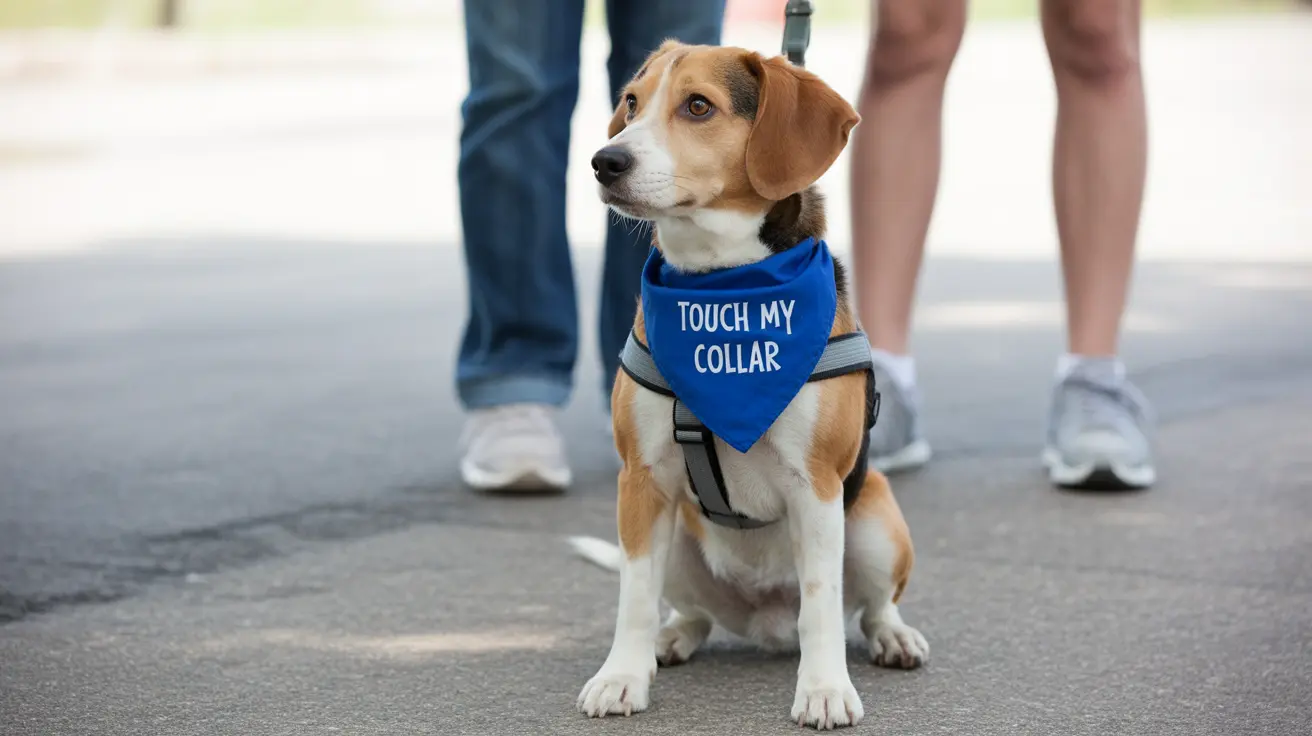Understanding the 3-3-3 Rule for Dogs: A Guide for New Pet Owners
Adopting a dog is a joyful experience, but it can also be a complex transition for both the human and the canine. To help new dog owners navigate this period, experts often reference the 3-3-3 rule, a general guideline describing how long it may take a dog to adjust to their new home. While each dog is unique, this rule provides a helpful framework for understanding your dog's behavior over time.
What Is the 3-3-3 Rule?
The 3-3-3 rule offers a timeline divided into three key phases:
- 3 Days to decompress and take in their new surroundings
- 3 Weeks to start settling into a routine
- 3 Months to fully feel at home and build trust
This rule is based on behavioral observations and the evolving relationship between dogs and humans. Understanding each phase helps set realistic expectations and supports your dog’s emotional and physical needs.
First 3 Days: Decompression
The first stage of adjustment is characterized by overwhelm and uncertainty. Your new dog will explore their surroundings through scent, sight, and sound. During this period:
- Your dog might be shy, quiet, or even shut down
- They may not eat much or sleep often
- They need a calm environment and time to observe
It's crucial to give them space and structure, avoid overstimulation, and provide a quiet area to retreat if overwhelmed. Remember, dogs can sense and distinguish human behaviors, but it takes time for them to feel emotionally safe in a new setting.
First 3 Weeks: Establishing Routine
After the initial decompression, dogs begin adjusting to household routines. At this stage:
- They start recognizing feeding, walking, and sleeping schedules
- They test boundaries and explore their place in the family dynamic
- Behavioral traits become more evident
This is the right time to begin gently enforcing rules and initiating basic training. Dogs are highly sensitive to human emotions, facial expressions, and tone, so positive reinforcement and consistency are vital.
First 3 Months: Feeling at Home
By the end of three months, many dogs begin to feel like a true part of the household. This is when:
- Trust and affection deepen
- They form meaningful bonds with family members
- Separation anxiety may reduce as they gain confidence
Thanks to their evolved social cognition, dogs recognize humans not as dogs but as significant social partners. They may use you as a “secure base,” much like human infants with caregivers, to confidently engage with the world.
The Science Behind Canine Adjustment
Research into canine cognition and behavior supports the emotional depth of dogs. Built over thousands of years of co-evolution with humans, dogs exhibit behaviors like overimitation, attachment, and mood recognition. Their keen sense of smell, perception of routines, and ability to detect human emotions contributes to how they process a new environment and build trust.
Tips for Supporting Your Dog Through the 3-3-3 Phases
- Patience: Every dog has its own timeline; don't rush the bonding process
- Consistency: Stable routines build security
- Positive Reinforcement: Reward desired behaviors to build trust
- Quiet Spaces: Offer a safe retreat during overstimulation
- Observation: Watch for cues in body language and mood
Dogs thrive when they feel safe and understood. Building a secure emotional base encourages healthy behavioral development and strengthens the human-dog bond.
Conclusion
The 3-3-3 rule is more than just a timeline—it's a compassionate approach to welcoming a dog into your life. By aligning care with these phases, you'll foster a deeper connection, reduce stress for your dog, and create a nurturing home that honors your pet’s emotional well-being.





